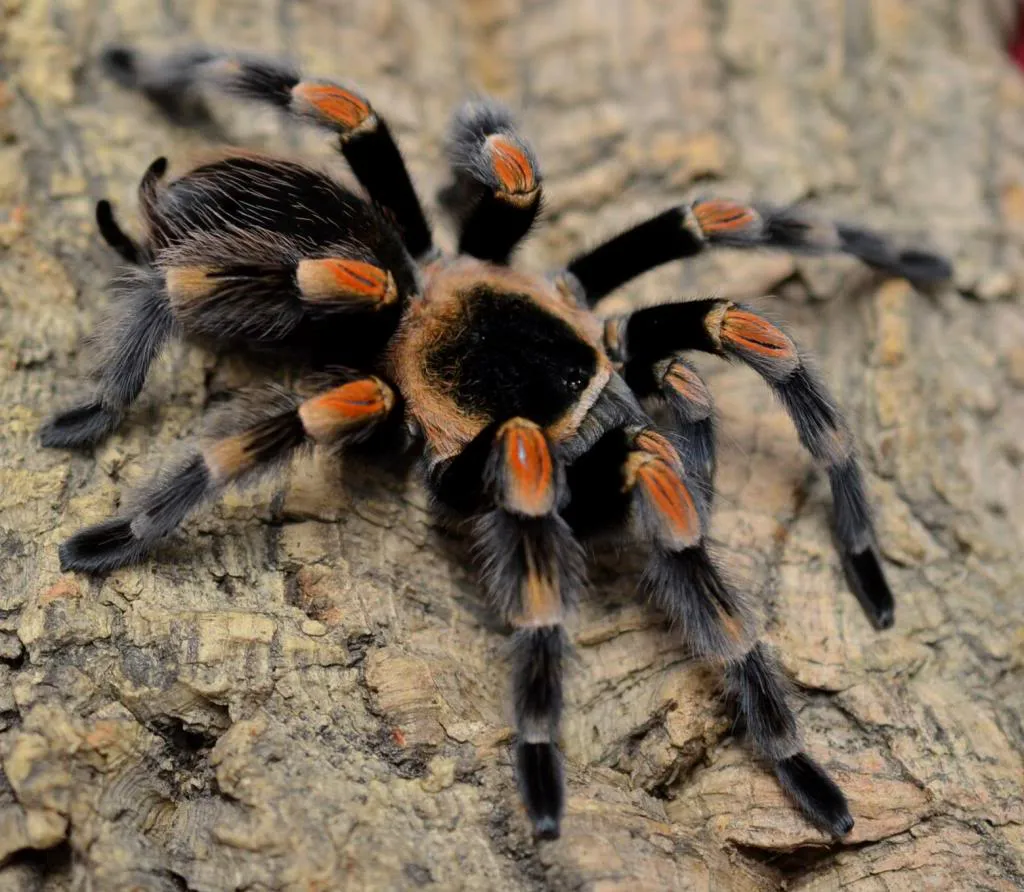The Red Toe Tarantula, a captivating New World species, is a popular choice for beginner and experienced arachnid enthusiasts alike. Their striking appearance, docile nature, and manageable care requirements make them a rewarding pet. This guide offers the top 5 essential facts to ensure your Red Toe Tarantula thrives, covering everything from habitat setup to health maintenance. Providing the right care will allow you to enjoy the beauty and unique characteristics of these fascinating creatures. Understanding these core aspects of their care will significantly contribute to their health, happiness, and longevity. Let’s dive into the essential care tips to keep your Red Toe Tarantula flourishing.
Red Toe Tarantula: Top 5 Care Facts
Habitat Essentials
Creating the right habitat is the cornerstone of Red Toe Tarantula care. This includes maintaining the correct temperature and humidity levels, providing an appropriately sized enclosure, and selecting the right substrate. A well-designed habitat mimics their natural environment, which reduces stress and supports their overall well-being. Properly setting up their living space will contribute significantly to your tarantula’s health and happiness, ensuring they feel secure and comfortable in their environment. Pay attention to the specific needs of Red Toe Tarantulas as you prepare their enclosure, and you’ll be well on your way to providing the perfect home for your pet.
Temperature and Humidity
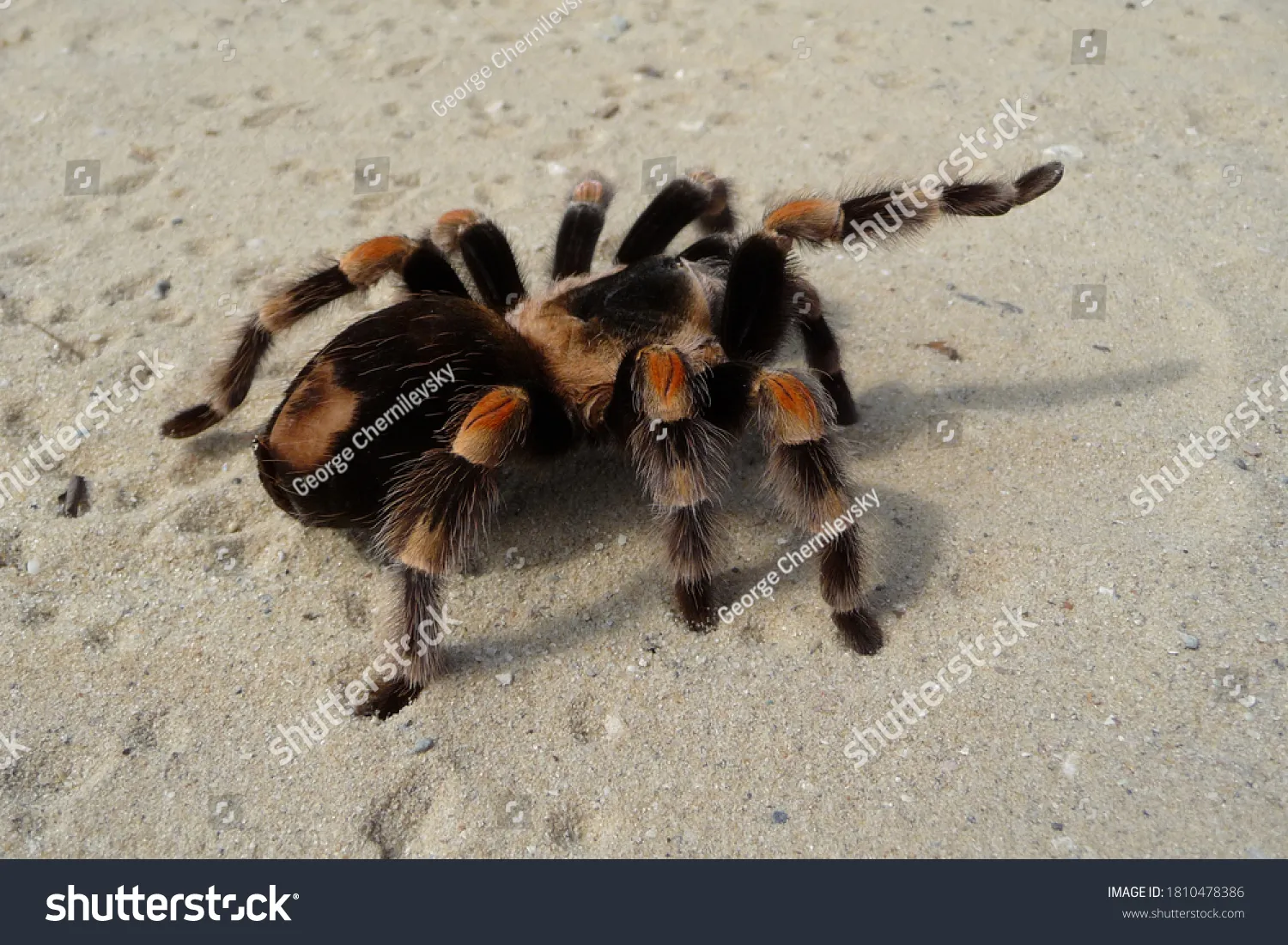
Red Toe Tarantulas thrive in a warm and humid environment, closely mirroring their native rainforest habitat. The ideal temperature range is between 75-80°F (24-27°C). A reliable heat source, such as an under-tank heater or a low-wattage heat lamp, is essential to maintain consistent warmth. Humidity levels should be kept between 70-80%, achieved by regular misting of the enclosure and ensuring proper ventilation. Monitoring temperature and humidity with a digital thermometer and hygrometer is crucial to make necessary adjustments, guaranteeing a healthy living environment for your tarantula. Consistent monitoring will allow you to quickly respond to environmental shifts and sustain the ideal conditions for your pet.
Enclosure Size and Design
The enclosure should be appropriately sized to accommodate the tarantula’s full size. A good rule of thumb is to provide a space that is at least three times the tarantula’s leg span in width and length, and at least twice the leg span in height. A secure, escape-proof enclosure is essential. Glass or acrylic tanks with secure lids are ideal. The enclosure should include hiding places, such as cork bark or artificial plants, to allow the tarantula to feel secure. Proper ventilation is necessary to prevent the buildup of mold and maintain air quality, but it must not compromise humidity levels. A well-designed enclosure supports both the physical and psychological needs of your Red Toe Tarantula.
Substrate Selection
The substrate plays a critical role in maintaining humidity and providing a comfortable environment. Suitable substrates for Red Toe Tarantulas include a mixture of coco fiber, peat moss, and a small amount of sphagnum moss. This combination helps to retain moisture and provides a naturalistic feel. The substrate should be deep enough for the tarantula to burrow if it desires. Avoid substrates that can be harmful if ingested, such as gravel or sand. Regularly check the substrate for mold or excessive moisture and replace it as needed to maintain a healthy environment. The right substrate selection is fundamental to creating a thriving habitat for your pet.
Feeding Your Red Toe Tarantula
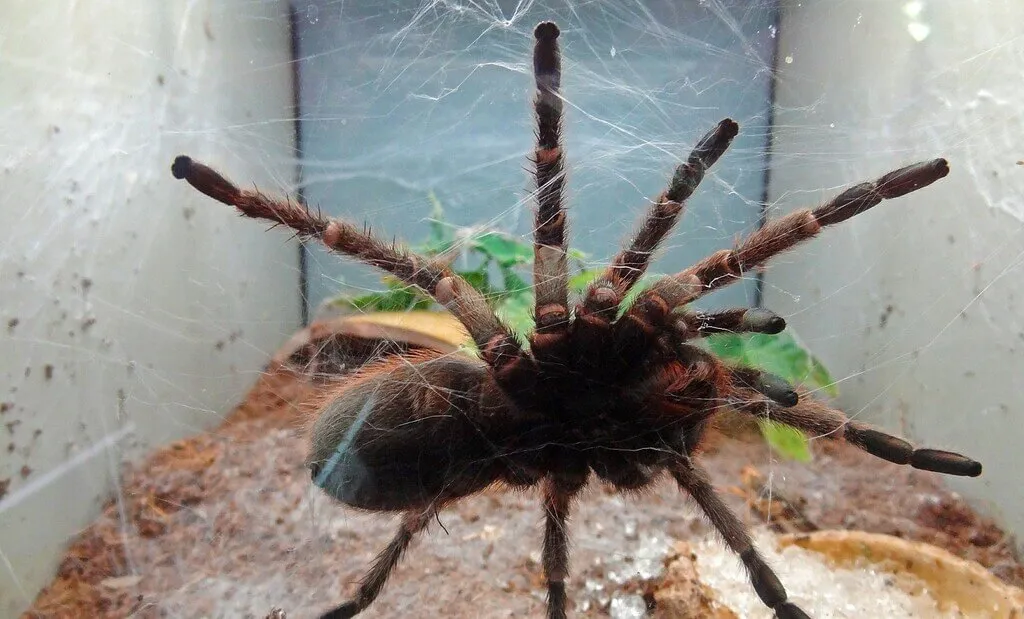
Proper feeding is vital to your Red Toe Tarantula’s health. Providing the right prey, at the correct frequency, ensures your tarantula receives the necessary nutrients to grow and thrive. Understanding their dietary needs, including prey size and type, is a key aspect of tarantula care. A well-nourished tarantula is more likely to exhibit vibrant colors and exhibit typical behaviors, demonstrating good health. Feeding should be approached with consistency and awareness of the tarantula’s needs at each stage of its life cycle. Observing your tarantula during feeding can also provide valuable insights into its health and behavior.
Prey Selection
The Red Toe Tarantula’s diet mainly consists of insects, such as crickets, roaches, and mealworms. The size of the prey should be appropriate for the tarantula; it should be no larger than the tarantula’s body size. It is essential to provide a varied diet to ensure the tarantula receives a range of nutrients. Gut-load the prey insects with a nutritious diet, like vegetables and commercial insect food, 24 hours before feeding them to your tarantula. This enhances the nutritional value of the prey. Avoid feeding wild-caught insects, as they may carry parasites or pesticides that could harm your tarantula. Prioritizing the quality of the prey is critical to ensuring your tarantula’s health.
Feeding Frequency
The feeding frequency depends on the tarantula’s age and growth stage. Spiderlings and juvenile tarantulas should be fed two to three times a week. As the tarantula matures, feeding frequency can be reduced to once or twice a week. Adult Red Toe Tarantulas can often be fed once every one to two weeks, but this can vary based on their individual needs and appetite. Always remove uneaten prey within 24 hours to prevent stress and potential harm to the tarantula. Observe your tarantula’s abdomen size; a plump abdomen indicates a well-fed tarantula, whereas a thin one suggests it may require more frequent feedings. Adjust the feeding schedule according to your tarantula’s behavior and body condition.
Water and Hydration
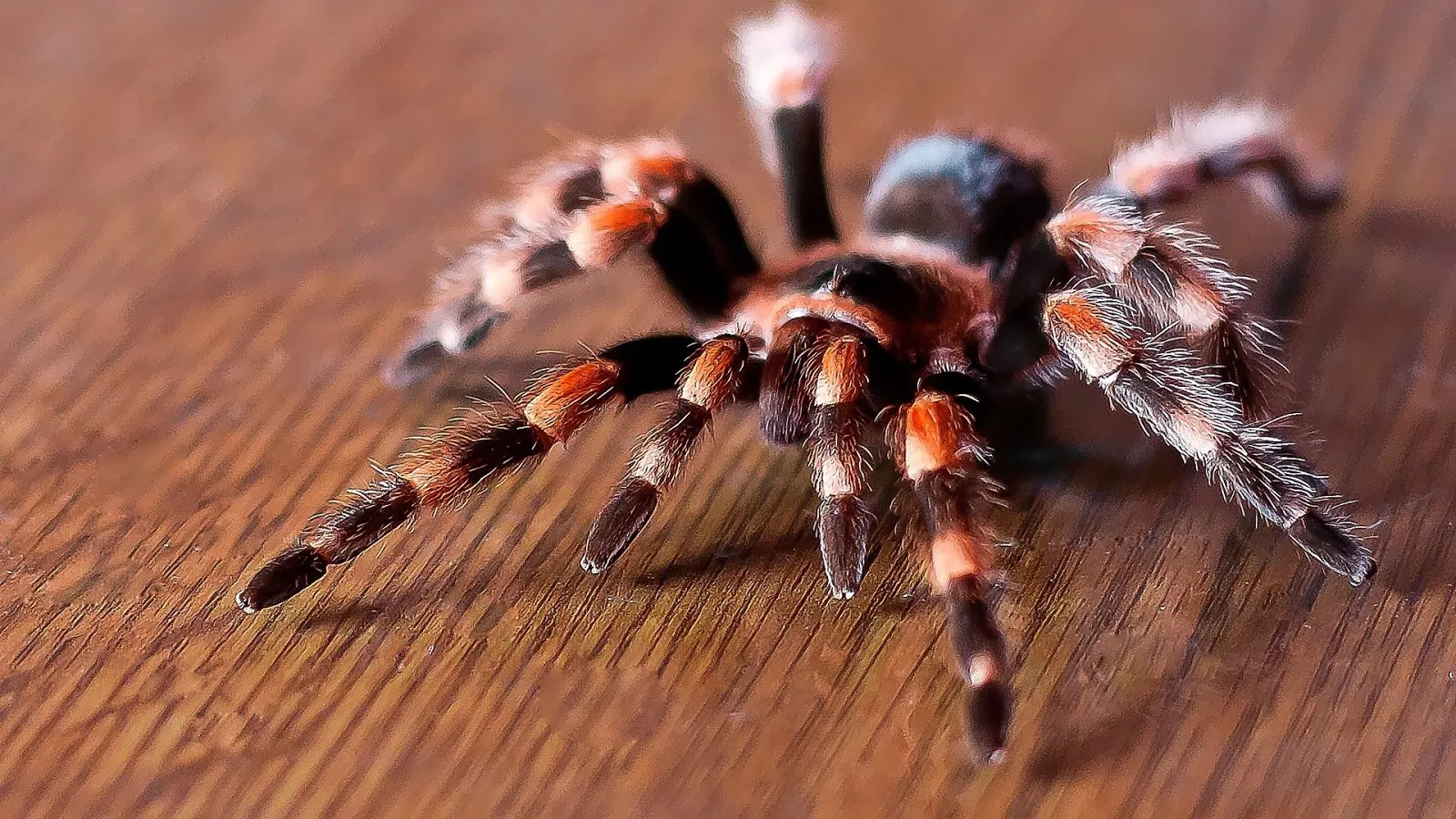
Providing fresh water is essential for hydration. A shallow water dish, filled with clean water, should always be available in the enclosure. Ensure the water dish is shallow enough to prevent the tarantula from drowning. Regularly change the water to keep it clean and prevent bacterial growth. Misting the enclosure, especially during molting, also helps maintain humidity and provides an additional source of water. Observing your tarantula drinking from the water dish is a good sign of its health and hydration. Proper hydration is just as vital as proper nutrition, so consistent access to fresh water is non-negotiable for maintaining your tarantula’s well-being.
Handling and Safety
While Red Toe Tarantulas are generally docile, it’s essential to handle them with care. Understanding their behavior and potential risks is crucial for both your safety and the tarantula’s well-being. Handling should be approached with caution and respect for the animal. Proper handling techniques and recognizing the appropriate times for interaction minimize stress for the tarantula and reduce the likelihood of bites or other injuries. Always prioritize the safety of both yourself and your pet when considering handling.
When to Handle
Handling your Red Toe Tarantula should be minimized, as unnecessary handling can stress the animal. Only handle your tarantula when necessary, such as for enclosure maintenance or health checks. Avoid handling during molting, as they are most vulnerable during this period. Never handle a tarantula that appears stressed or agitated. Observing your tarantula’s behavior is important to determine when handling is appropriate or not. Frequent or unnecessary handling can be detrimental, so consider the overall well-being of your pet.
Safe Handling Techniques
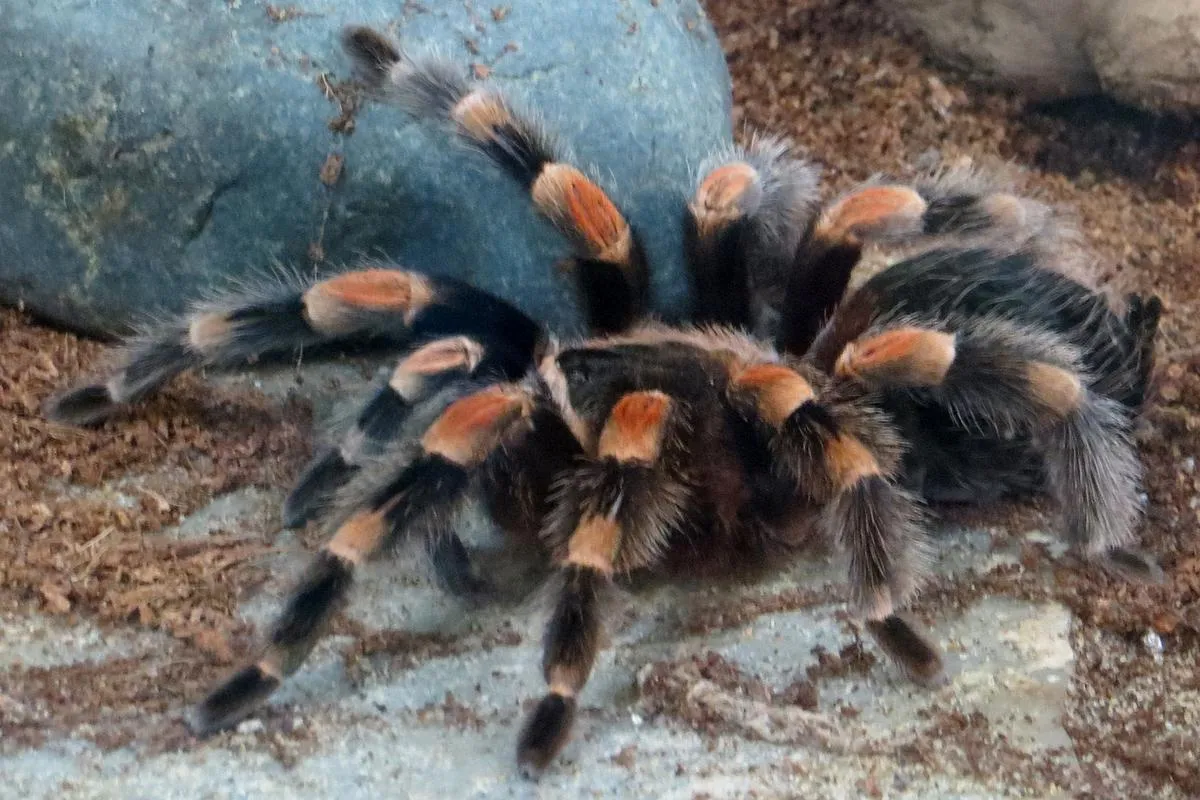
If you choose to handle your Red Toe Tarantula, do so gently and slowly. Encourage the tarantula to walk onto your hand rather than grabbing or forcing it. Always handle over a soft surface, such as a bed or carpet, in case the tarantula falls. Avoid sudden movements, which can startle the tarantula. Wash your hands thoroughly before and after handling to prevent the spread of any potential contaminants. It’s important to respect the tarantula’s personal space and provide it with a sense of security. If the tarantula shows any signs of distress, such as raising its front legs or flicking hairs, immediately return it to its enclosure.
Health and Common Issues
Like all pets, Red Toe Tarantulas can experience health issues. Recognizing the signs of illness and taking preventative measures are critical to ensuring their well-being. Understanding common problems and being prepared to address them can make a significant difference in their lifespan and quality of life. Routine observation and proactive care are essential in maintaining a healthy tarantula. Regularly checking your pet for health concerns will help you to respond effectively and promote their overall health.
Signs of Illness
Several signs may indicate that your Red Toe Tarantula is unwell. These include loss of appetite, lethargy, unusual postures, or a swollen abdomen. Look for changes in behavior, such as hiding excessively or lack of activity. Check the tarantula for any signs of injury or abnormalities, such as lesions or discoloration. Unusual molting behavior can also be a sign of illness. If you notice any of these signs, it’s essential to consult with a veterinarian experienced in exotic animals. Early intervention and proper diagnosis can often improve the outcome and help your tarantula recover.
Preventative Measures
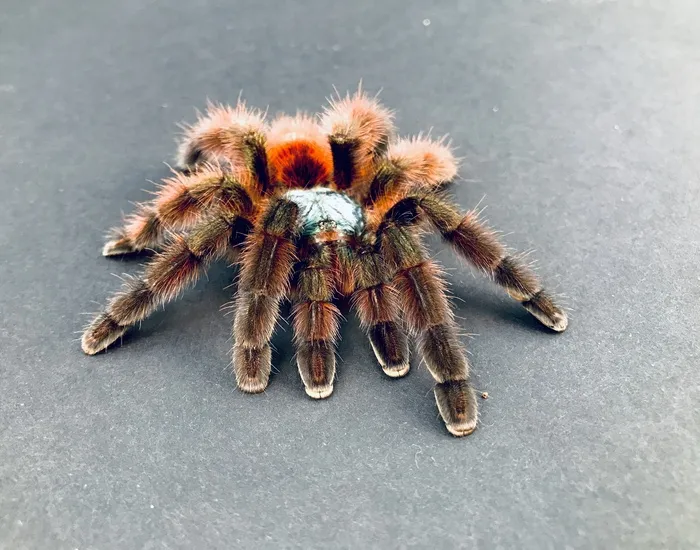
Preventing health issues involves maintaining a clean and appropriate environment. Ensure the enclosure is at the correct temperature and humidity levels. Provide a varied and nutritious diet and fresh water. Regularly clean the enclosure, removing any uneaten prey or waste. Avoid using pesticides or harsh chemicals near the enclosure. Quarantine any new tarantulas before introducing them to your existing collection. Proper care and attention can often prevent many common health problems. By taking these precautions, you can significantly improve the chances of keeping your Red Toe Tarantula healthy and happy.
Lifespan and Behavior
Understanding the lifespan and typical behaviors of the Red Toe Tarantula is crucial to providing appropriate care and recognizing any changes that may indicate a problem. Knowing what to expect in terms of their life cycle and how they usually act helps you to make sure you provide the proper home, food, and overall care that this creature needs to flourish. Knowing the lifespan and typical behaviors of these tarantulas allows you to fully enjoy your pet and to be prepared for its needs at every stage of life. This knowledge enhances your experience as a pet owner and strengthens your bond with your exotic companion.
Understanding Tarantula Behavior
Red Toe Tarantulas are typically calm and docile. They may hide or burrow in their enclosure, especially when they are not comfortable. Observe their behavior to gauge their mood and health. Some tarantulas will exhibit defensive behaviors, such as raising their front legs or flicking hairs, when they feel threatened. Understanding these behaviors helps you to respond appropriately and avoid stressing the tarantula. Observing your pet will allow you to recognize what is normal for them and what might be a sign of stress or illness. Familiarizing yourself with their patterns will create a better and more enjoyable pet-owner experience.
Lifespan Expectations
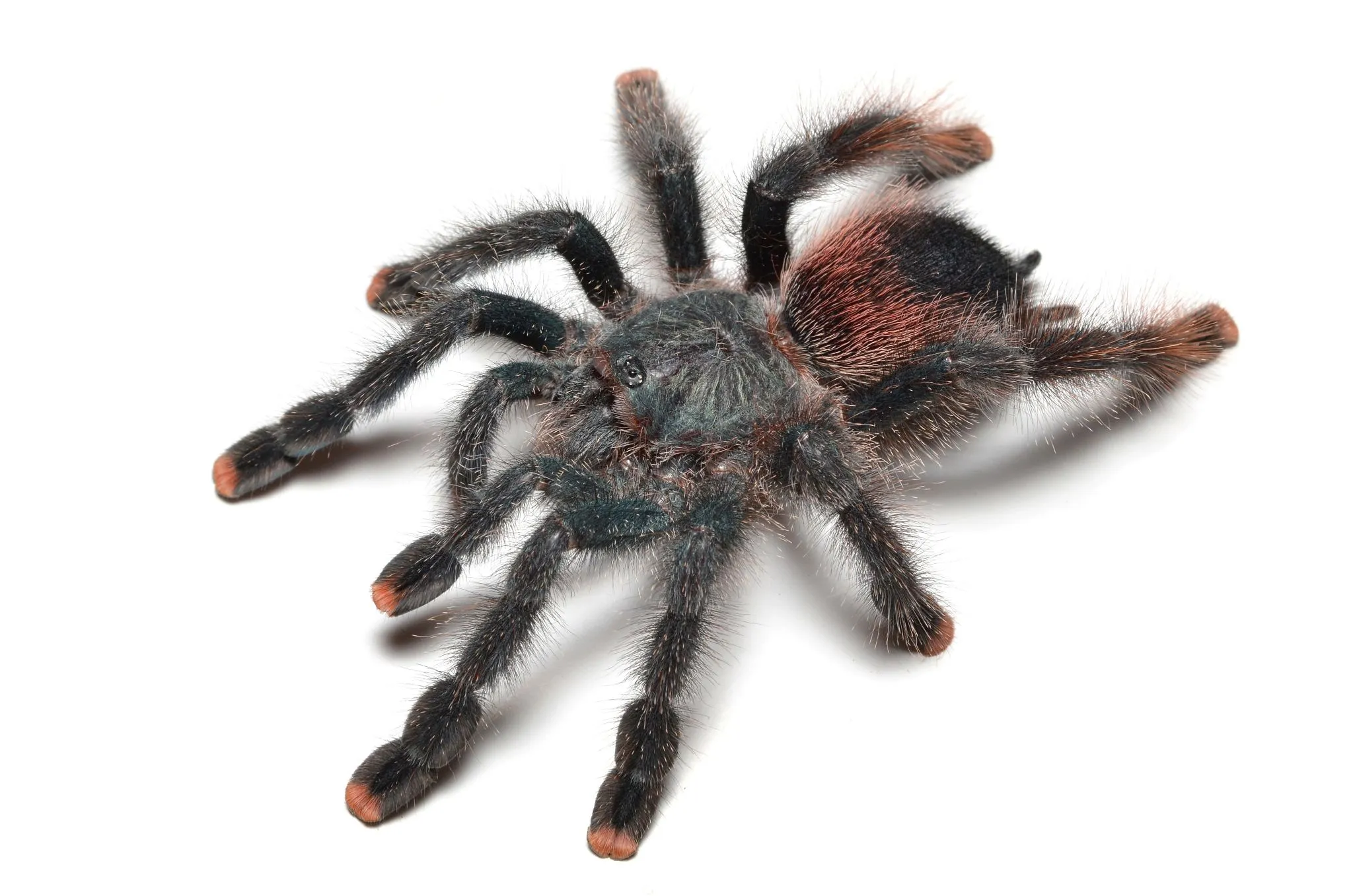
Female Red Toe Tarantulas can live for up to 10-15 years or more, while males typically have a shorter lifespan, often living for 3-5 years. The lifespan can vary depending on the tarantula’s genetics, environmental conditions, and the quality of care. Providing optimal care, including proper nutrition, a suitable habitat, and avoiding unnecessary stress, can help extend the tarantula’s lifespan. Understanding the expected lifespan will help you prepare for long-term care and fully appreciate the unique characteristics of this fascinating species. Proper care is the greatest influence on the lifespan and overall well-being of your tarantula.
In conclusion, caring for a Red Toe Tarantula is a rewarding experience. By focusing on the top 5 care facts, you can provide a healthy and enriching life for your pet. Remember to prioritize proper habitat, feeding, and handling. Regular observation, along with a good understanding of their behavior and health needs, will enable you to enjoy the beauty and fascinating characteristics of these amazing creatures for years to come.
